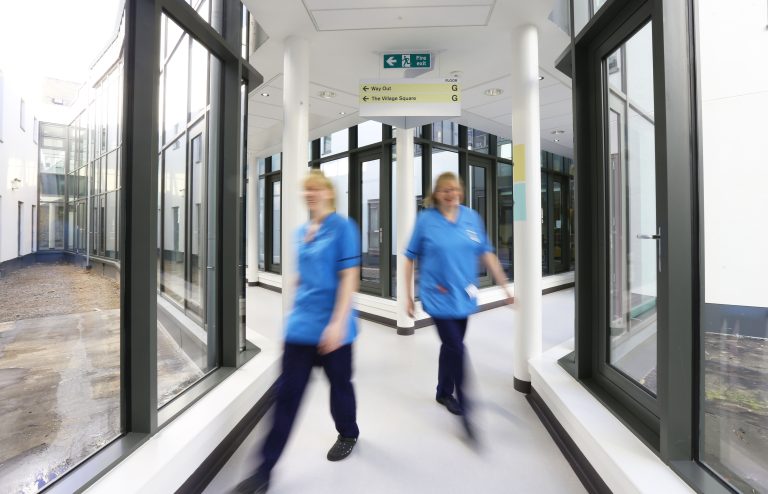‘Mission-oriented industrial strategy needs to be more than words if we want to avoid missions becoming part of the problem, not the solution’. So wrote Professor Mariana Mazzucato in a recent report which warns Labour against misusing missions by failing to be sufficiently specific about their goals. After years of political and economic instability, the promise of mobilising the state around a set of clearly defined missions is a seductive one. But what matters most is how they are applied to achieve impact.
As a think tank dedicated to delivering more inclusive growth, the Centre for Progressive Policy has spent years thinking deeply about how the government can deliver its mission for ‘good jobs and productivity in every part of the country.’ It is not by chance that the rise of far-right populism follows deep deindustrialisation trailed by a decade and a half of austerity, alongside concentration of investment and development in a single corner of the UK. The UK’s existing economic model is a perfect recipe for disenchantment.
For these reasons, Labour knows that its mission for growth must go further than headline GDP. It must be about purposefully rewiring the economy so that more people and places have a stake in it. Doing so will not only create a fairer economy, but a more productive one too.
So, how should the government tackle this most ambitious of missions? As the recent joint report between The Future Governance Forum and Metro Dynamics highlighted, devolution is one of the key tools in the government’s armoury to make progress against all five of its missions. And the report shows how when it comes to growth, we don’t need to make a trade-off between growth and inclusion, because devolution can be a tool for delivering both.
As Director of Place & Practice at CPP, I work closely with places through our Inclusive Growth Network of combined and local authorities. I know there is a deep commitment to improving local economic policymaking because I see places doing it every day, from Liverpool City Region’s holistic support for the early years education and childcare sector to West Yorkshire’s drive to put culture and the creative industries at the heart of its growth strategy.
Successfully delivering the growth mission will require partnership working that links together all levels of government around shared goals. The new government has made clear its commitment to handing more decision-making powers to regions through a deepening and widening of devolution. The Council of Nations and Regions could be an important forum, enabling the government to work in mature partnership with places to deliver its missions. Placing new Local Growth Plans on a statutory footing standardises an approach which many areas have been adopting in seeking to use the breadth of their powers to influence the local economy.
Built into these should be the requirement for places to consider not just how to achieve higher growth, but also how to improve the spread and shape of it across their areas. This will mean encouraging growth of high productivity ‘frontier’ sectors like tech, but must also mean focussing on the foundational sectors in which most people work: retail and hospitality, construction, healthcare, childcare and social care. This lens also recognises the critical impact that health and wellbeing have on economic outcomes. Tackling population health at a local level, and connecting social and economic levers that impact both, is a key part of the puzzle.
I know from my work with the IGN that alongside their formal devolved levers, combined authorities play an instrumental role in convening and brokering between national and local government. Given the absence of fiscal rules to enable significant new investment in public services, combined authorities can support local authorities in delivering public service reform. In their groundbreaking approach to early years and childcare, Liverpool City Region is brokering partnerships across the early years sector and with its local authorities, alongside using formal skills and employment levers. This is just as key to delivering the growth mission as regeneration, skills, and private investment.
Lastly, for devolution to have a hand in driving more equitable growth that people can see and feel, combined and local authorities must work in active partnership to enable and support the innovation in public service delivery that will ultimately drive local growth. This means not repeating the same mistakes that have been made in replicating the often-paternalistic relationships that have played out between national and local government. Successful mission-driven strategy must be laser-focused on outcomes.




